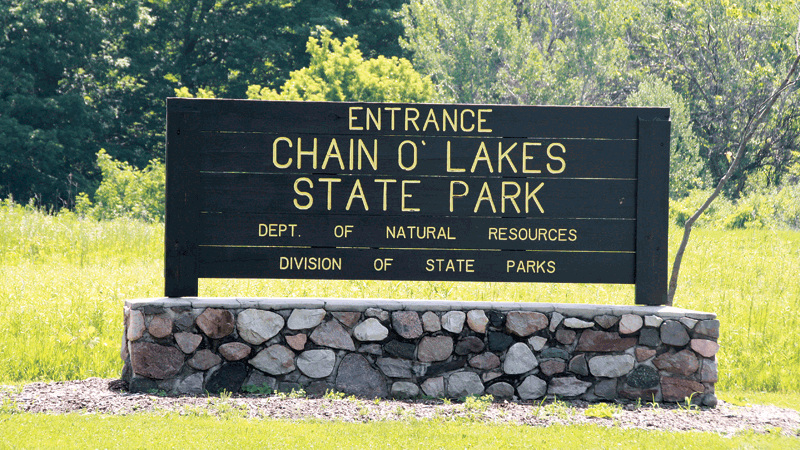SAVE THE TREES – Life In The Outdoors
 To the early settlers, the pioneers, North America was a land of trees, primarily pine trees. Canada south to mid-continent there were many species of trees but white pine stood out in the minds of the British. Straight, more than a hundred feet tall, three feet in diameter at chest height, white pines were ideal for the masts of sailing ships and the wood was strong enough for constructing the sailing vessels of the time.
To the early settlers, the pioneers, North America was a land of trees, primarily pine trees. Canada south to mid-continent there were many species of trees but white pine stood out in the minds of the British. Straight, more than a hundred feet tall, three feet in diameter at chest height, white pines were ideal for the masts of sailing ships and the wood was strong enough for constructing the sailing vessels of the time.
To the south two other species of pine, longleaf and loblolly, were as abundant as white pine to the north and all three were excellent for building cabins and for firewood. Further, the soil was fertile. When the trees had been cut, the land cleared, crops planted by settlers grew well.
I live one mile from Chain O’ Lakes State Park and just a few miles from an area designated as the Lloyd W. Bender Memorial Forest. I visit Chain O’ Lakes and Bender Memorial Forest regularly. Both are woodlands but I don’t go to see the trees. I go to look for birds. But there were few birds about, however, as I walked a path through the woods on a recent visit to Bender, so I look at trees and wildflowers and other vegetation.
A few days before my recent visit to Bender I had read a book about pioneer days in America. Trees covered much of the continent then, all but the central plains or prairie, sometimes called the great American desert, the southwest, part of which truly was desert, and the higher elevations of the Rocky Mountains. I thought about the pines of the north, growing as far west as the Dakotas. I thought about the pines of the south. I thought about the giant trees of the northwest, the redwoods, the biggest living things known, and the sequoias, the tallest living things.
I thought about the oldest living things, also trees and also North American, bristlecone pines growing in the mountains of eastern Nevada. Using increment borers scientists had taken tree ring samples of the bigger bristlecones and counted the growth rings. One they sampled had 4,676 rings. Each ring in the trunk of a tree represents one year of growth so that tree, which they named Methuselah, was 4,676 years old, and still living.
A few years later, a graduate student studying geography and climate made borings in another stand of bristlecones still in Nevada but farther east. There he found one in a National Forest that was bigger than the Methuselah tree. He named it Prometheus.
With the permission of someone in the Forest Service and with the assistance of two Forest Service employees he cut Prometheus down, then counted the growth rings. It had 4,744. Prometheus had been older than Methuselah!
In the view of the American settlers, trees, and birds, were natural resources to be used however and as much as the settlers saw fit. By intensive hunting, market hunting and forest elimination they exterminated the passenger pigeon, once the most numerous species of bird in the world. They reduced the bison or American buffalo, one of the most numerous mammals in the world, to small, scattered herds. They introduced chestnut blight and Dutch elm disease to North America, inadvertently, but no matter how these diseases were introduced they wiped out two of America’s most numerous, wide spread and beneficial trees, the American chestnut and the American elm.
Fortunately, I thought as I walked beneath the spreading branches of the trees of Bender, many Americans have now developed an environmental consciousness. Responding to this consciousness, this voice from the people Congress has passed laws protecting birds and trees and mammals and other living plants and animals.
At that point my thoughts were terminated by a flash of lightning, a rumble of thunder and I hurried back to my car, getting there just as rain started to fall.
- Birds As Weather Forecasters – Life In The Outdoors - December 17, 2021
- Rare Bird Spotted In Indiana – Life In The Outdoors - October 8, 2021
- MY EXPERIENCE WITH DEER – Life In The Outdoors - July 30, 2021


